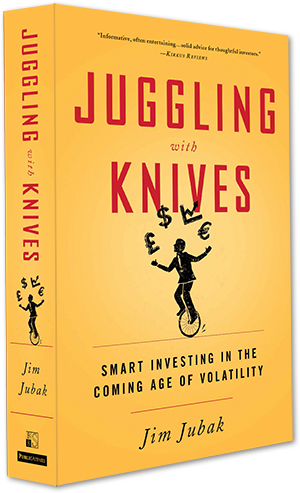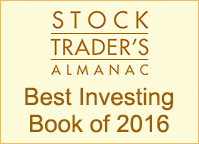Way back on January 5 I posted that 2017 looked like a very promising year for technology LEAPS, especially for Apple (AAPL) and Facebook (FB), two technology stocks where near term volatility has created promising opportunities.
(LEAPS, Long-term Equity AnticiParticipaton Securities are long-dated options that can run for up to three years.)
I argued that LEAPS gave you a way to take advantage of the big volatility in technology stocks and get the significant leverage created by buying options instead of actual shares without having to get the timing of the tops and bottom exactly right. With LEAPS if the rally in Facebook happens in September rather than May, for example, you can still profit from the gain instead of seeing a standard May option expire worthless. Mind you I don’t think the strategy I’m about to suggest will work for all technology stocks–you have to pick stocks where the long-term trend is powerfully upwards but where the short-term road has a few major potholes. To my mind Facebook and Apple are ideal candidates right now, I wrote.
And I promised to follow up on what happened with these Apple and Facebook LEAPS as we got close to and then moved beyond the next earnings report.
So what’s happened?
As frequently occurs with long-dated options, as a big event nears–Apple’s December quarter earnings announcement on January 31, and Facebook’s earnings report on February 1, the price of the January 19, 2018 and the January 18, 2019 call options soared. A call option is the right to buy at a specific price at a specific date in the future. On January 15 2017, for example, you could have bought the call option to buy 100 shares of Facebook at $125 a share for a premium of $1275. If you bought that call, you’d be hoping that shares of Facebook moved above $125 before the option expired in January 2018. The right to buy at $125 becomes valuable if, say, Facebook shares trade at $129.37, the close on January 24. The price of those call options you could have bought for $1275 had climbed to $2217.
To simplify, the price of an option depends on three things. First, the price of the underlying stock. The value of the right to buy Facebook in the future climbed in the early days of January since the price of Facebook shares went up. Second, the time until the expiration of the option. An option is a wasting asset which will expire worthless at that specified future date. As that date gets close, the value of the option begins to decay since the time remaining for the underlying asset to make its move gets less. And, third, expectations among traders and investors that some event is approaching that will accelerate the movement of the underlying stock. Expectations for volatility are especially important in setting the price of long-dated options. Long-dated options, such as LEAPS, tend to move more in response to expectations for volatility that surround a big event than do short-dated options.
That last is the biggest reason for the increase in the price of the long-dated call options for Apple and Facebook. Heightened expectations that the earnings announcement on January 31 for Apple and February 1 for Facebook would move the shares led more traders to want to buy options on that move–which led to a rise in price for those options since traders who were selling calls (and thus giving up their right to participate in any gains in the stock) were demanding and receiving a higher price for those calls from traders who wanted to buy that right.
In the world of options that expectation that an event is about to move the price of the underlying asset–and thus the option–is measured by something called implied volatility. Implied volatility is an indication of how big a move traders are expecting in a stock and option and implied volatility increases as expectations for a big move rise. For Facebook, for example, implied volatility for those $125 January 19, 2018 calls had climbed to 22.39% by January 17.
The general rule for buying an option at a reasonable price is to buy when implied volatility is low–and to sell when implied volatility is high. That lets you buy when demand for the option–and its price–is relatively low, and sell when demand for the option is high.
Frequently what this means is that the implied volatility and thus the price of a long-dated option will climb significantly into the big event–and then decline significantly afterwards as those traders who wanted to leverage that big event move on to other trades and other options.
Will that happen this time with Apple and Facebook options?
There were signs going into Apple’s actual earnings report day that this pattern might be visible. Implied volatility on the Apple $125 January 19, 2018 LEAPS had stalled, moving down slightly from 22.39% on January 17 to 22.17% on January 24. For those of us interested in the long-term play on Apple’s introduction of the iPhone 8 (or whatever) in the fall of 2017, this is a potential trend that is potentially worth watching.
Maybe, although I think there are other trends at work, the same pattern is visible in implied volatility for Facebook $125 calls for January 19, 2018. Implied volatility for those calls had crept lower to 30.10% on January 24 from 30.50% on January 17. Remember the big event date for Facebook is still a little more than a week away.
So those are the trends that I’m monitoring. If you’re a shorter term trader than I am and rushed out to buy the options a couple of weeks ago, be sure to take a close look at the trends in implied volatility to see if you want to sell as the big earnings events for these two stocks come and go.
Full disclosure: I own shares of Facebook in my personal portfolio.




